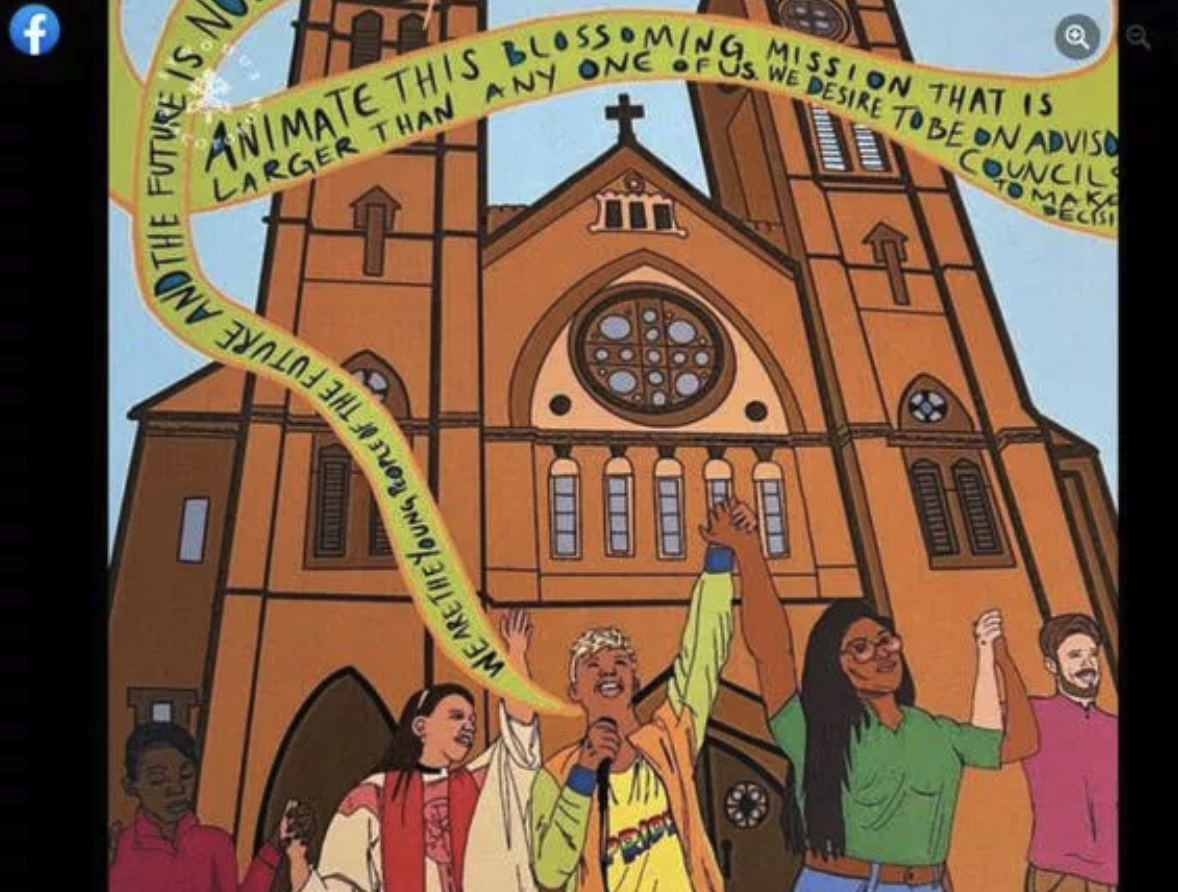“What do you mean by blog?” I asked my friend Terry Mattingly nearly a quarter of a century ago in Jerusalem as we attended a conference on religion in the news, which took place just before Pope John Paul II's millennial visit.
“The style is informal and conversational,” tmatt explained. “And,” he promised, “It won't take you as long to write a blog post as it does a news story or a column.”
Terry's vision was to create an online place — we didn't use the word platform then — for journalists to write what he called orphaned religion stories. You know, religion ghost stories, stories with missing in action religion hooks, buried in plain sight.
I was fascinated and sceptical.
I was fascinated because I was writing and producing CBC radio's “spirituality” show and steering it towards the kind of unembarrassed religion coverage I'd grown up with on the BBC. As a career-long public broadcasting staffer who assuaged my writing itch by freelancing, I loved talking to unusual,thoughtful people. As a baptised Catholic turned Anglican via British Evangelicalism, I knew the religion beat was full of unheard voices. L'Abri and Os Guinness had taught me that journalism was as worthwhile a vocation as being a vicar or an academic or a mother. You could even combine them!
How I longed to be part of Terry's vision. But I was sceptical because as a full-time staffer at Canadian Broadcasting, I couldn't take on a regular commitment outside the Mothership. Worse still would be management perceiving my association with — God-Buddha-Allah forbid — a “religious” outfit of some kind making judgments about journalism.










